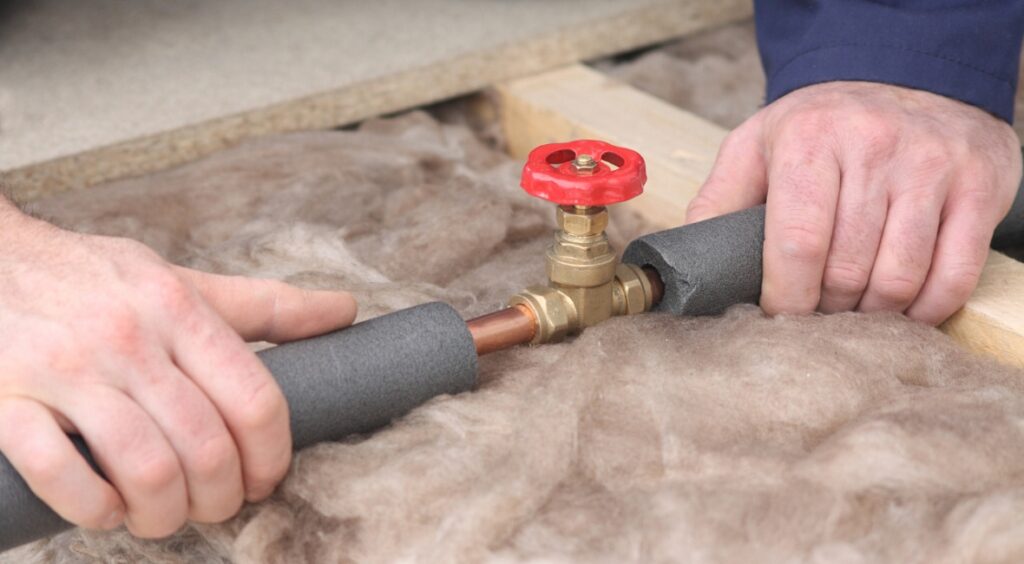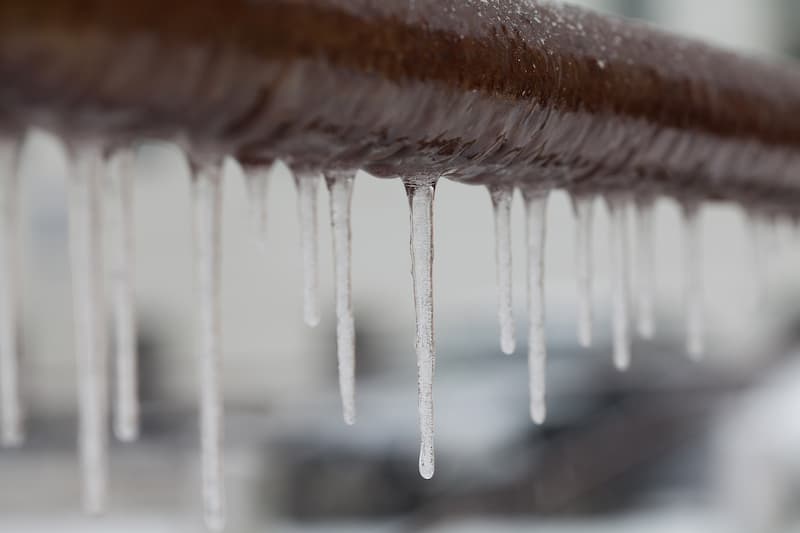Frozen pipes are one of the most terrifying home maintenance issues a homeowner can face. Even the strongest pipes can be damaged by the pressure created by freezing water. That frozen pipe is a ticking time bomb; if it bursts, it could flood your home with up to 8 gallons of water per minute, costing you thousands of dollars in repairs.
Although we know that calling a professional plumber is the most effective solution, we don’t always have the time (or the money) to do so. Calm down! Following the instructions below on how to thaw frozen pipes will allow you to take care of this issue on your own.
TOOLS & MATERIALS
- 5-gallon bucket
- Mop
- Towels
- Hair dryer
- Heat gun
- Heat lamp
- Space heater
- Project Overview
- Working Time: 1 hour
- Total Time: 1 hour
- Skill Level: Beginner
- Estimated cost: $0 to $35
Before Starting
Before you start the thawing process, you must find the main water shutoff valve in your home and turn off the water there. When a pipe freezes, it’s likely that the water will expand and cause the pipe to break. Once the ice melts, that water will flow without stopping and could flood your home. You won’t be able to turn it off if you don’t know where the main water shut-off valve is.
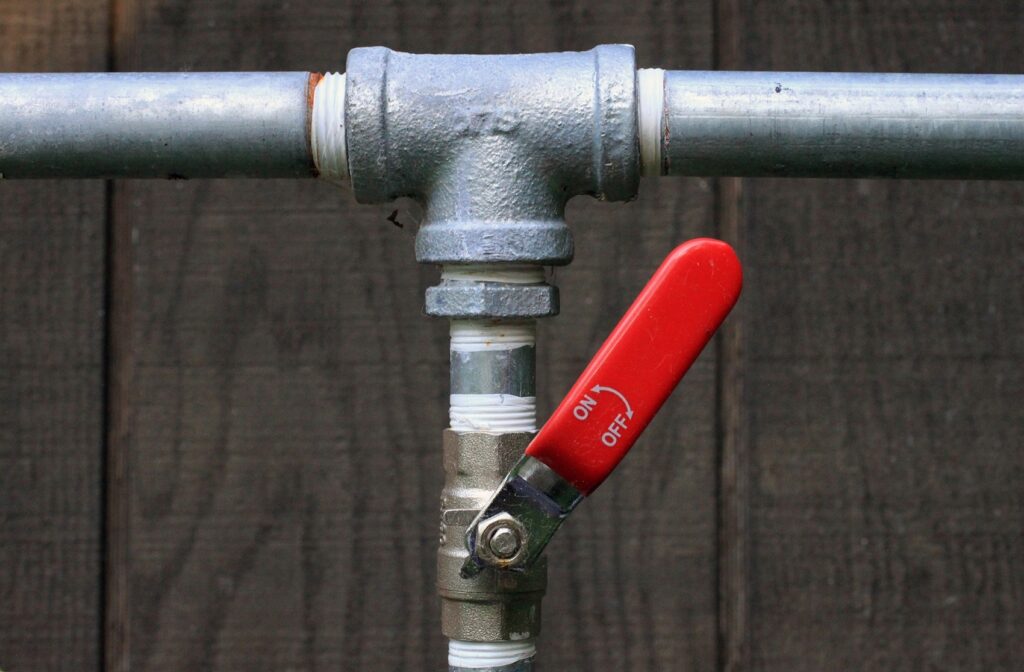
Find the pipe that is frozen
Sometimes finding the frozen pipe is the hardest part of this job. One way to find it is to turn on every faucet in your house. If water doesn’t come out of a certain faucet, follow the plumbing lines that lead away from it. Check the plumbing every few feet with your hands (a frozen pipe will feel like ice cold) until you find the problem area. If none of your faucets are letting water out, there may be a problem with the main supply pipe. It is usually found in the basement or crawl space, on the street side of the house.
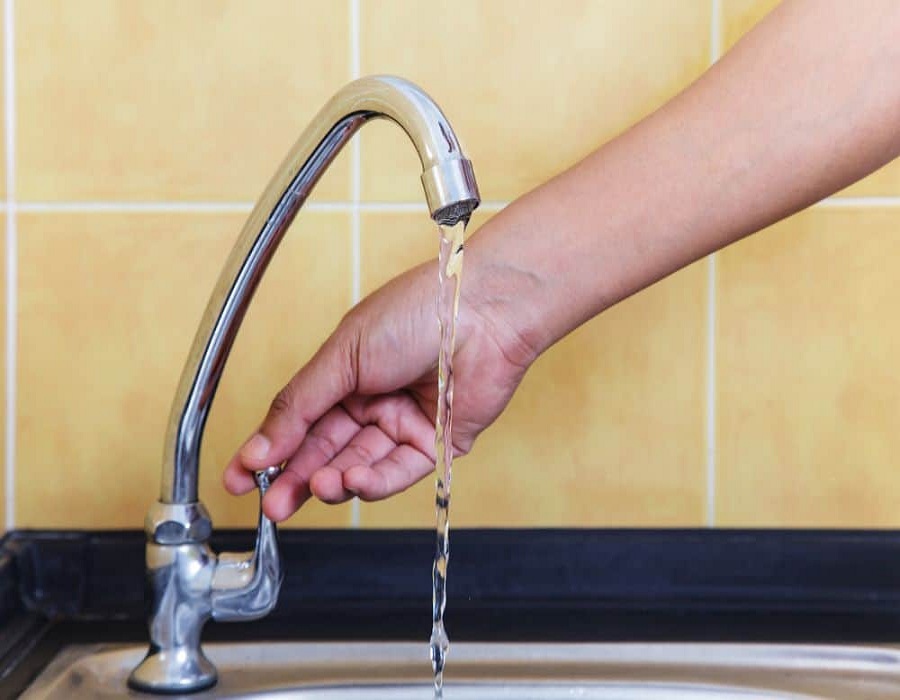
Turn off the water supply to the home
Once you find the frozen pipe, go to the main water supply valve and turn it to the “off” position by turning it clockwise. Next, turn on all the sink faucets and tub spouts in your home so that any water left in the system can drain out. Flush your toilets as well. Bring a bucket, a mop, and two or three towels you don’t mind getting dirty to the place where the pipe is frozen.
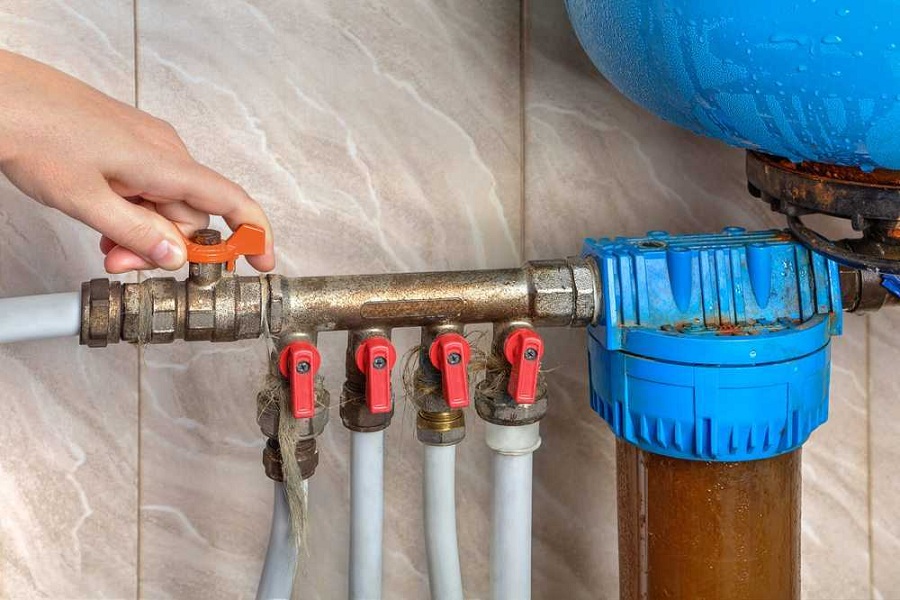
Let the frozen pipe thaw out
At this point, your job is easy: heat up the pipe that is frozen. The process for thawing metal, PVC, or PEX pipes is the same. Homeowners often use things like hair dryers, heat lamps, and heating pads to thaw things out. Low-tech solutions can work just as well. For example, you can pour hot water over towels and then drape them over the frozen section of pipe.
Your method is more important than your heat source. The best place to start heating is near the edge of the frozen area, on the side closest to the kitchen or bathroom. So, any steam or water that is made by the heat can get out of the pipe.
Keep heating the pipe, moving slowly along it one section at a time. If you can’t directly heat the frozen pipe, you could also try running a space heater in the closest area where you can reach it. If you can’t do that, raise the temperature on your thermostat by a few degrees.
A small increase in your utility bill wouldn’t be as bad as a big repair bill. No matter what method you use, work quickly but don’t rush. Depending on the weather, where the frozen pipe is, and how long it’s been frozen, it could take between 30 and 45 minutes to thaw it.
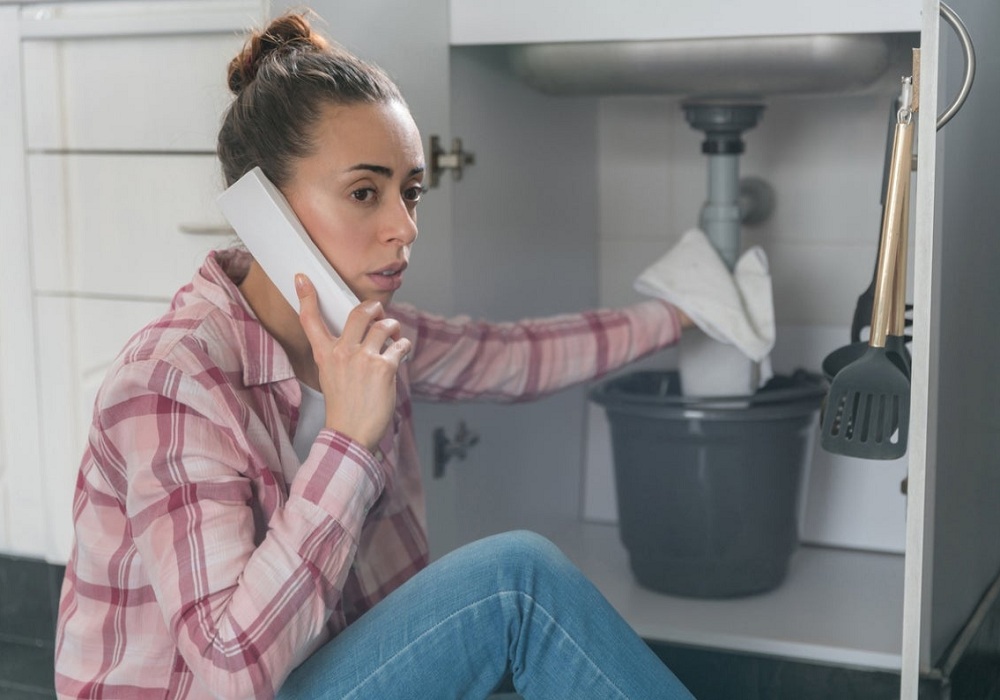
Check to see if the pipe is leaking
Once you’re sure the ice has melted, go back to the main water supply valve and partially turn it on. Go back to the pipe and look for any leaks. If it did rupture, turn off the power again, call the plumber, and begin cleaning up. If the water seems to be going through the pipe correctly, turn the water supply on all the way and close any faucets or spouts that are still open.

How to thaw out frozen pipes outside
You might not be able to use a space heater to thaw frozen pipes that are on the outside of a mobile home or inside a wall. If you don’t want to wait for warmer weather to come from Mother Nature, you’ll have to get creative and use one of the following ideas.
How to thaw out frozen pipes in a mobile home
Because the pipes in some mobile homes are located in an unheated, open crawl space, they might freeze during the winter. You can’t heat the air around these pipes with a space heater, so you’ll have to heat them directly. You can use a regular hair dryer or a heat gun, like one used to dry paint or epoxy. To unfreeze the pipe, turn the blow dryer to its highest setting and hold it a few inches away from the pipe. If you use a heat gun, set it to a medium temperature so the PVC doesn’t melt.
If you don’t have a hair dryer handy, try using warm towels. Soak a towel in water, wring it out, and then heat it for 30 seconds in the microwave. To start thawing the frozen pipe, wrap the hot towel around it. Keep in mind that a damp towel won’t stay warm for long in cold weather, so have a few on hand so you can switch them out until the pipe is thawed.
How to Thaw Frozen Pipes in Walls
If you know where the frozen pipe is inside the wall, you can use an infrared lamp to warm it up. Place the lamp so that it sends heat to the part of the wall where the frozen pipe is. Make sure there is at least 2 feet of space between the wall and the lamp to avoid fire risks. Wait until the pipe melts. If the pipe has burst, keep in mind that you may need to cut into the wall to fix it.
How to Prevent Frozen Pipes
Take steps to protect your at-risk pipes to keep this from happening again. The average homeowner has a number of options that don’t involve rerouting the plumbing or making changes to the heating system.
- Insulate your pipes. Pipe insulation should be put on pipes in the coldest parts of the house, like the basement, crawl space, attic, or garage.
- Set up the heat cable. If you want to take it a step further, you can install heat tape, which is an electrical cord you can wrap around pipes to keep them from freezing, even when the temperature is as low as 40 degrees below zero.
- Turn on all of your faucets and spouts and let them drip. Flowing water is less likely to freeze than still water. If you open the hot and cold taps just a little bit, water will trickle out and keep your pipes from freezing.
